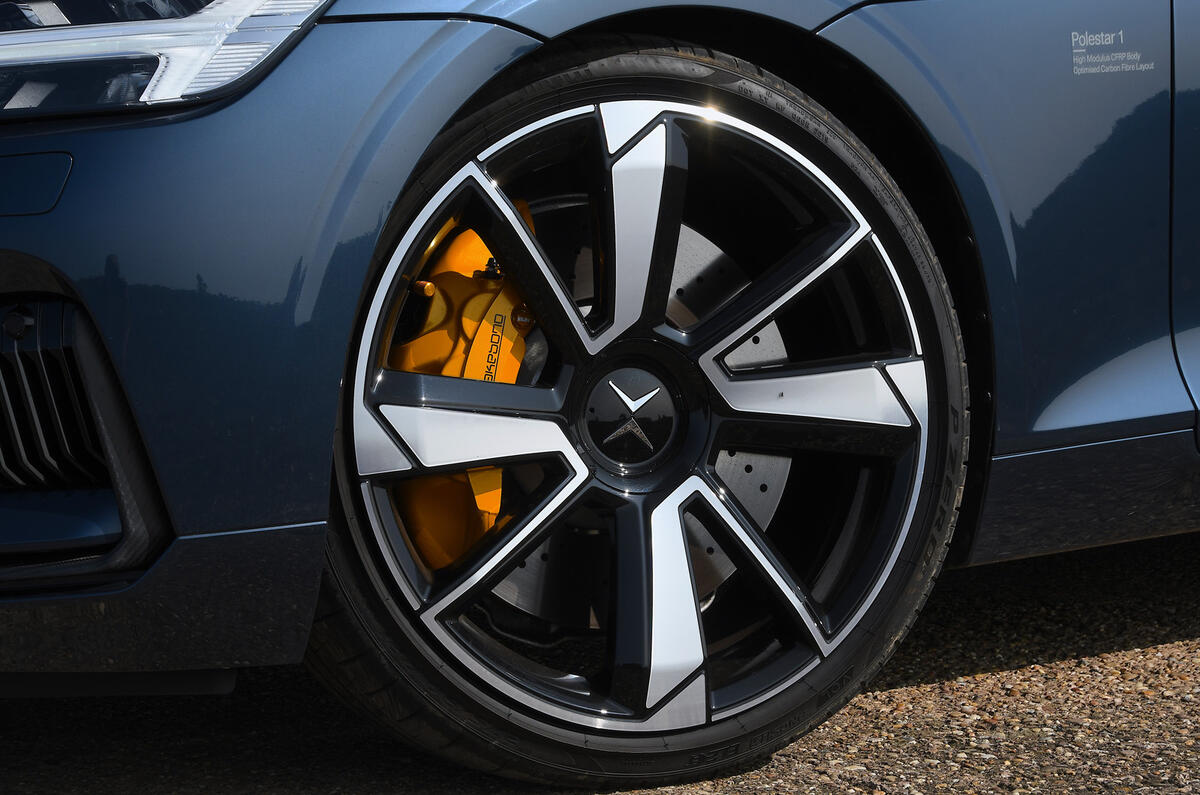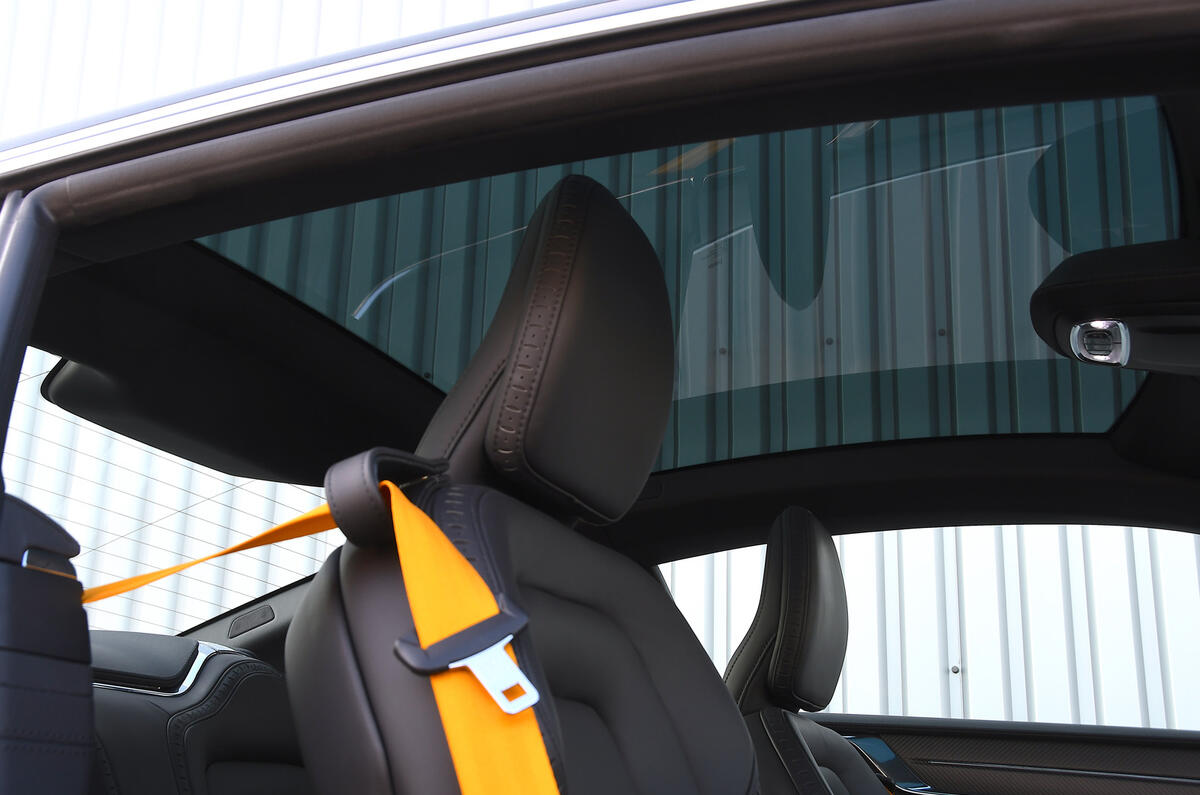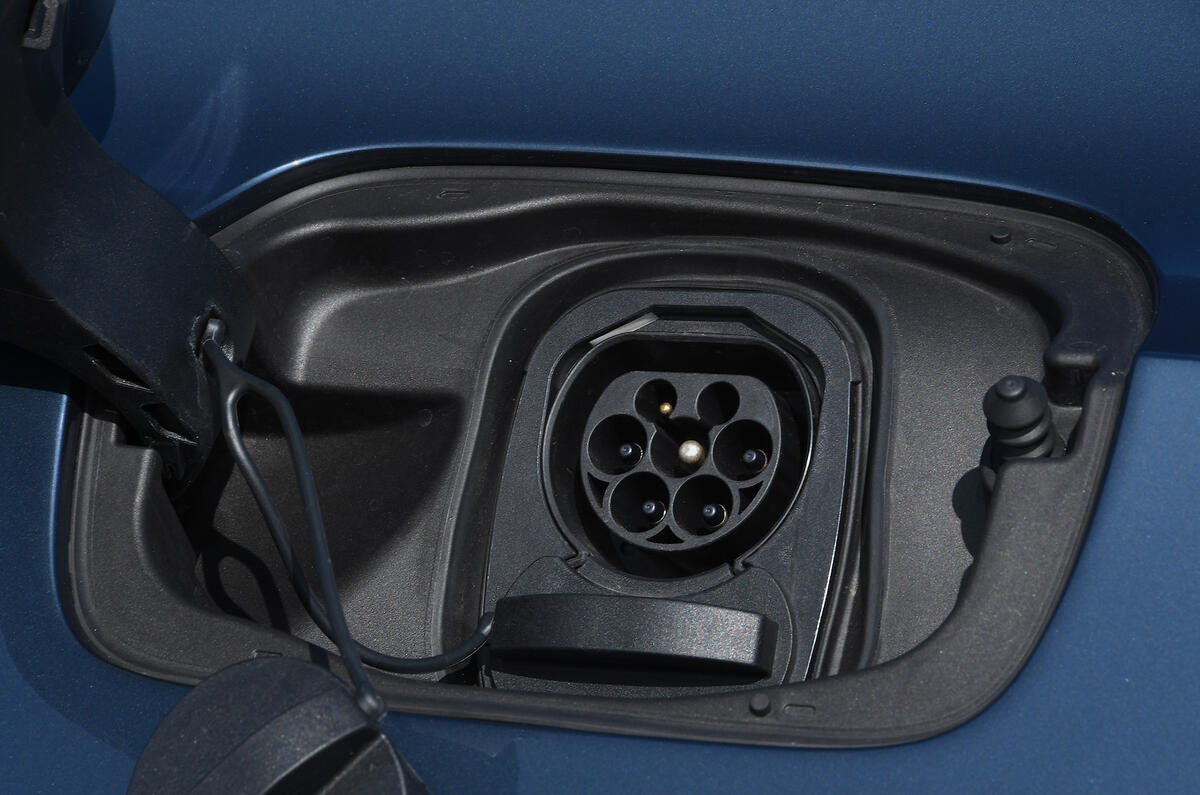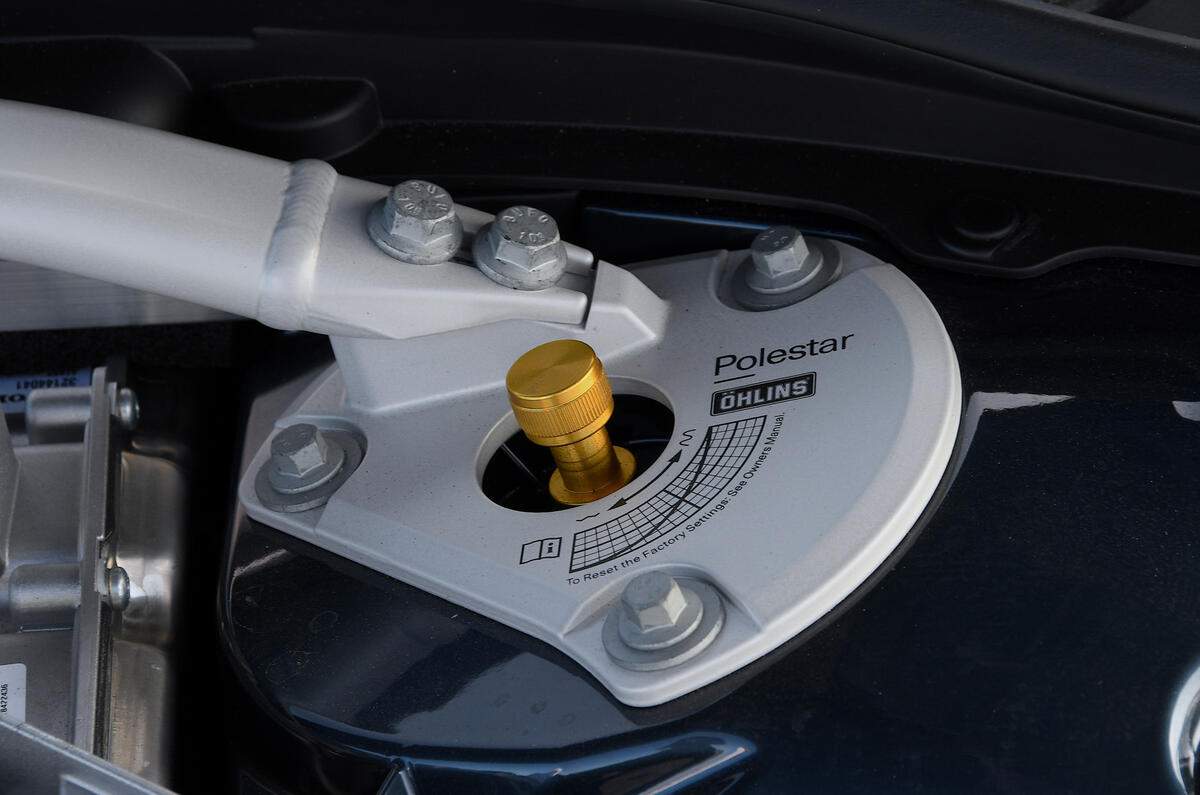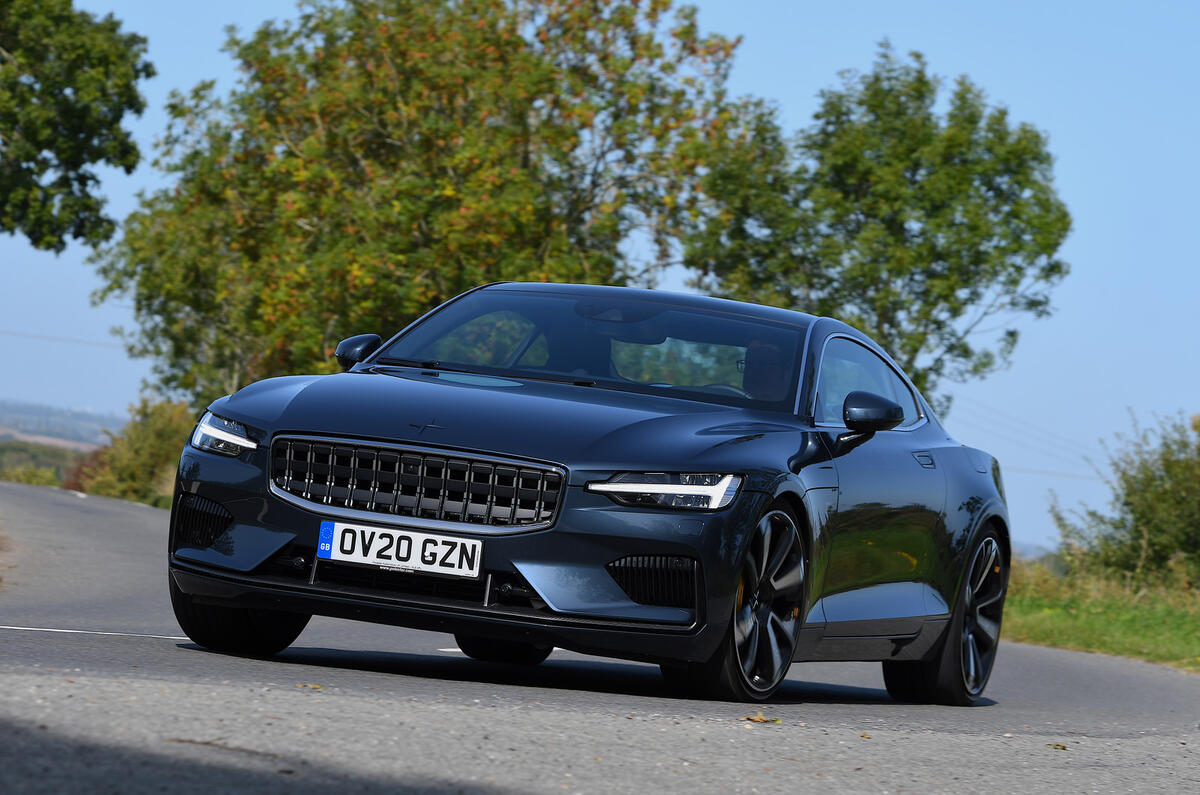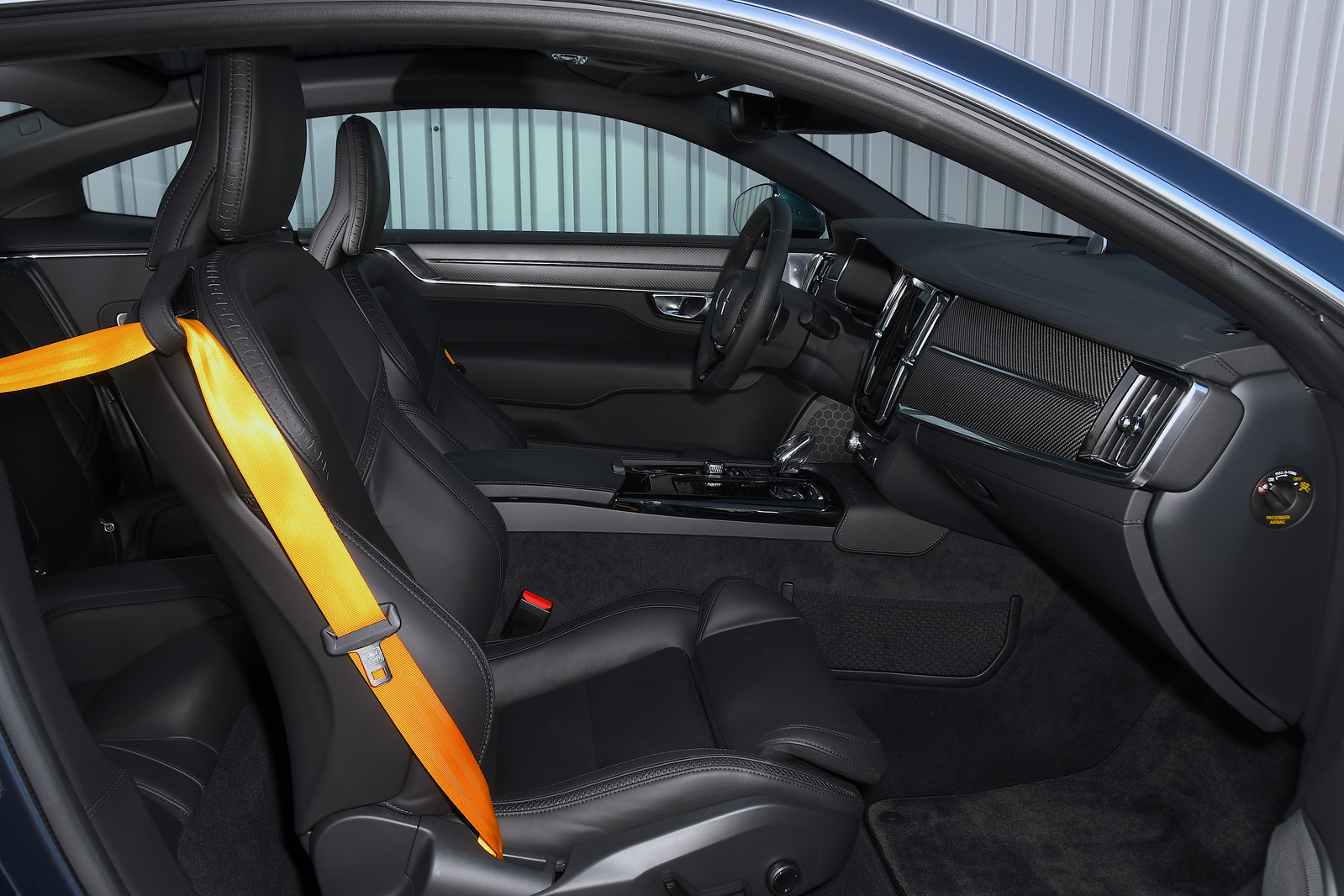The 1 has come in for criticism from car reviewers elsewhere who expected greater differentiation of its interior relative to ‘humble’ Volvos – but, most Autocar testers agreed, pretty unreasonably.
Upper-end Volvos themselves aren’t so humbly fitted out these days, after all, with perceived cabin quality and luxury ambience to rival any of the German brands. So while this interior doesn’t have fixtures and fittings as materially lavish as, say, a Bentley, it conjures a rich and convincing luxury ambience all the same; one to line up against what you will find in a rival from Porsche or Mercedes-AMG and still stand out.
That all 1500 examples of the 1 will be left-hand drive will be something of a snag as regards ease of use for drivers in the UK. Likewise, there’s a surprise limitation on practicality to be found when you open the boot, which is wide but short, its length restricted by the positioning of the car’s second battery pack above the rear axle. In terms of outright space, then, this is a 2+2 with back seats suitable for children and smaller adults only, and one that has a boot that’s probably just big enough for one set of golf clubs or a couple of small flight cases and can’t be expanded for through-loading.
The driving position juggles a cocooning sense of lowness with ease of access very cleverly and is ergonomically sound but lacks just a little outright steering column reach adjustment. The driver’s seat is very comfortable and adjustable, ready for long journeys when you are. Visibility is good to the front and the side (thanks to pillarless construction), with a slightly shallow rear screen making rear-view-mirror visibility just a little mean.
The instrumentation is digital and clear, if a bit over-simplified for our tastes. Although it’s adaptable enough and can be carried in parallel both inside the binnacle and on a head-up display, it lacks crispness and detail in some ways (you don’t get a rev counter for the engine in the standard mode, for example).
Polestar 1 Infotainment and Sat-nav
The Polestar 1 inherits the 9.0in portrait-oriented touchscreen infotainment system that Volvo calls Sensus Connect. Being wholly touchscreen-operated, it’s unlike the generation of multimedia set-ups that worked through separate input devices. Interestingly, the Polestar 2 uses a new Android-based infotainment system, so the 1 may well be the only Polestar model with this set-up.
Once you’re familiar with the swipe-and-scroll navigation, the system works simply and well; most processes only take a couple of inputs. You simply swipe the menu one way from ‘home’ for the car’s driver assistance and safety system controls, the other way for entertainment and apps.
The Bowers & Wilkins stereo is good but fairly typical of premium systems on rival cars at this price point. Smartphone mirroring for both Apple and Android handsets is standard, although only via USB; wireless charging isn’t included.





